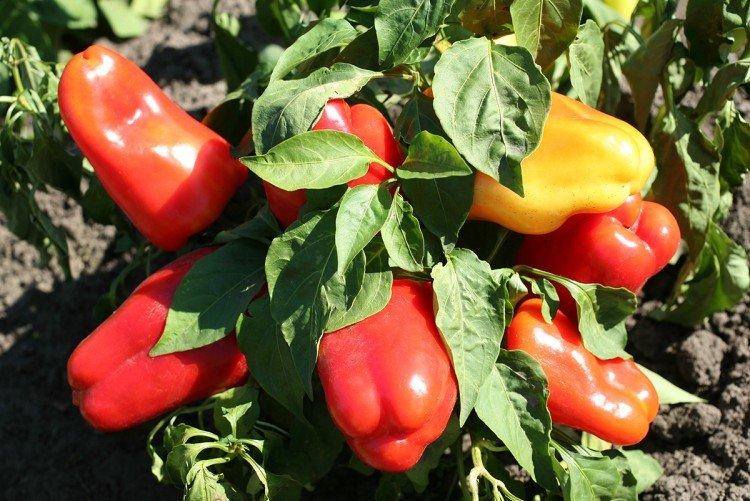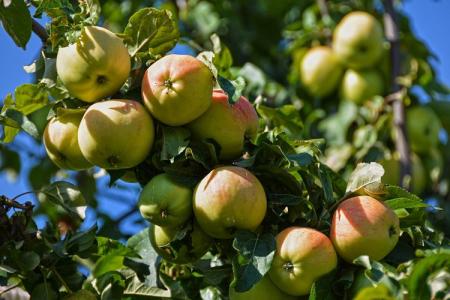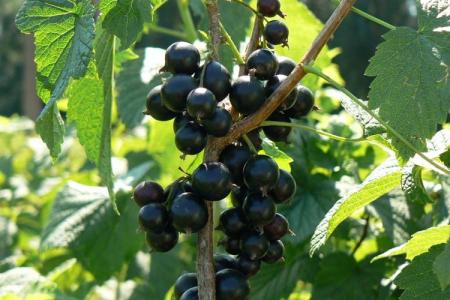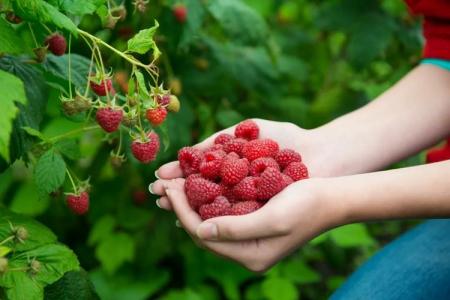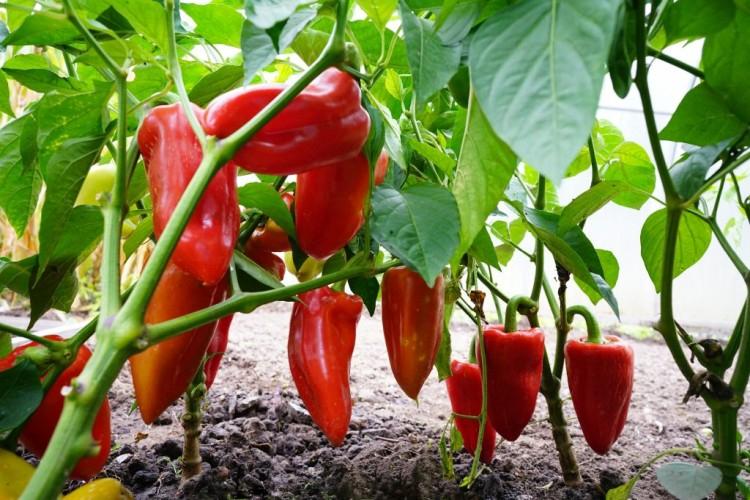
Getting healthy and productive pepper seedlings is not as difficult as it seems to inexperienced gardeners. In fact, he is quite unpretentious and does not need specific care. The most difficult and important part is feeding the seedlings. And we will tell you more about it now!
How to understand if top dressing is needed and what is missing?
Peppers must be fed when sowing seeds in bad soil. If the soil lacks nutrients, it simply will not rise. But if the substrate is good on its own, there will be enough minerals and trace elements.
If the seedlings look weak, stunted and painful, this is a sure sign that they need to be fed. But first, make sure she is healthy and all other conditions are in order. Do not try to compensate for the lack of light or low temperatures with fertilizers!
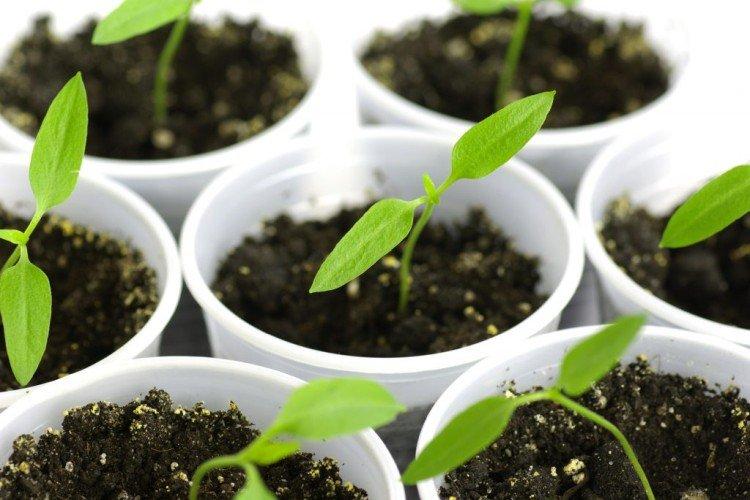
If the leaves begin to turn slightly yellow from the tips throughout the plate, and the seedlings slow down in growth, there is not enough nitrogen. If the greens give off blue, add phosphorus fertilizers. And if the leaves fade and turn yellow strictly at the edges, the seedlings need potassium.
But remember that an excess of fertilizer is just as harmful and dangerous as a lack of it. If your pepper is doing well and looking healthy, don't overdo it. Do not increase the dosage and concentration of additives, otherwise the plant will grow leaves and not fruits. And in the worst case, you can burn the root system.
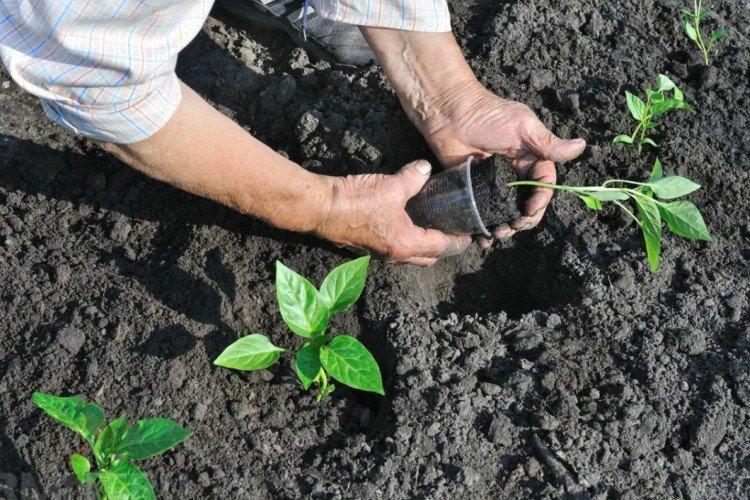
The best time to feed pepper
At home, pepper is fertilized 2-3 times during the time from the first shoots to relocation to open ground. The first portion is made taking into account the type of substrate even before picking. Then another top dressing after the pick, and the last one just before transplanting to the site. This is to minimize stress on the seedlings and improve their adaptation.
Fertilizers for feeding pepper seedlings
Remember that pepper is the very case when it is better to underfeed the seedlings than overfeeding them. Use organic fertilizers because they are safer and softer in action. But with signs of a clear deficiency of nutrients, mineral fertilizers are more effective.
Organic
In no case should peppers be fertilized with fresh manure, because this will destroy your seedlings. To prepare the concentrate, dilute the mullein with water in equal parts and let it brew for a couple of days. A liter of this concentrate is enough for a whole bucket of water for irrigation.
Chicken droppings are diluted with water in a ratio of 1 to 10 or even less - to 12 or 15. The younger your seedlings, the weaker the solution should be so that it does not burn the rhizome. Organic fertilizers can also give an excess of nitrogen, which affects the condition of the pepper and spoils the taste of the fruit.
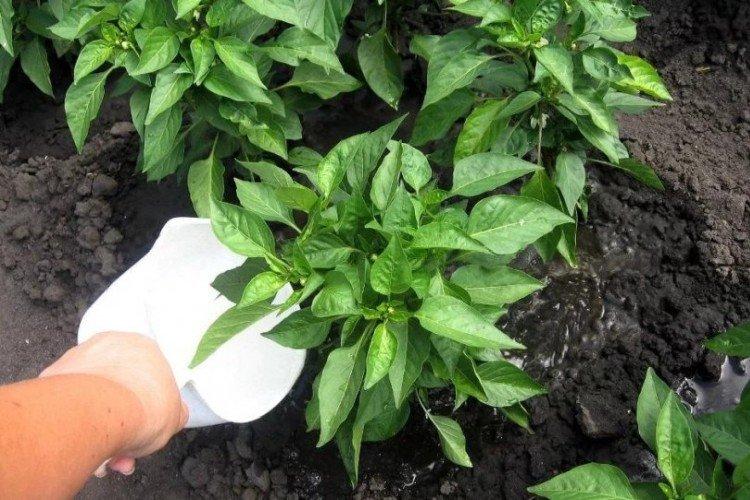
Mineral
Universal mineral mixture - 1 tsp urea and 5 ml of potassium humate per 2 liters of water. Or 1 g of ammonium nitrate, 2 g of potassium and 6 g of superphosphate for the same volume of liquid. Before planting in the ground, the potassium content can be increased to 8 g per liter.
If you use ready-made complex mixtures, choose liquid forms. To do this, dilute the powder or granules in water in the proportion indicated on the package. Young seedlings absorb chelated supplements better - this is also prescribed in the labeling. Remember that the dosage for young seedlings is usually 2-3 times less than for adult plants.
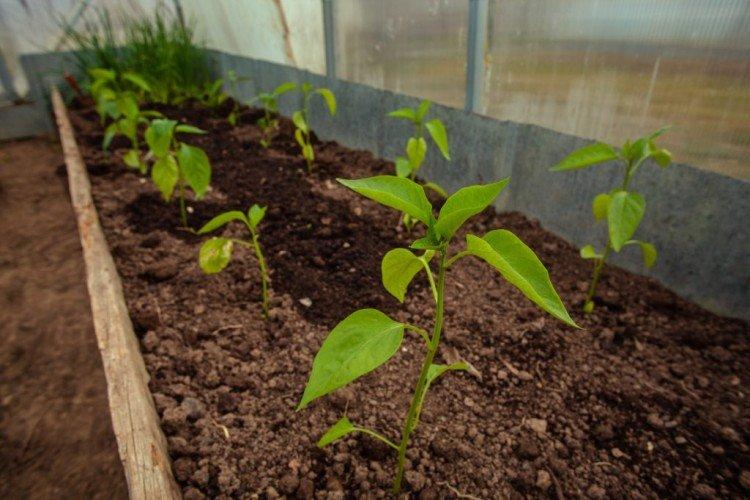
Folk remedies
In addition to classic organic or mineral fertilizers, other dressings are also suitable for pepper. You probably already have all the ingredients you need on hand or in the fridge!
Feeding pepper with ash
Wood ash is the most effective home fertilizer when you need to add potassium. To do this, sift a liter can of ash and dilute it in a liter of warm water. Let it brew for half a day, filter and add about 150 ml of concentrate under each plant.
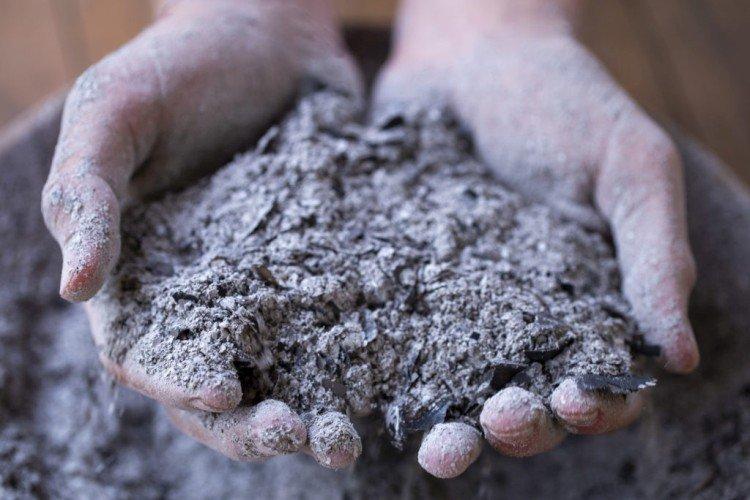
Feeding with yeast
Dilute 10 g of dry yeast in a 10 liter bucket of water to improve soil properties and the absorption of other fertilizers. The solution increases the resistance of pepper seedlings to fungal diseases, droughts and negative influences.
Top dressing peppers with banana peels
Banana infusion is another powerful potash fertilizer. In addition, the peel is treated with ripening substances during transportation. Once in the ground, they stimulate the growth and development of pepper seedlings. Pour 4 banana skins with 3 liters of water, let it brew for four days and dilute with water in equal parts before using.
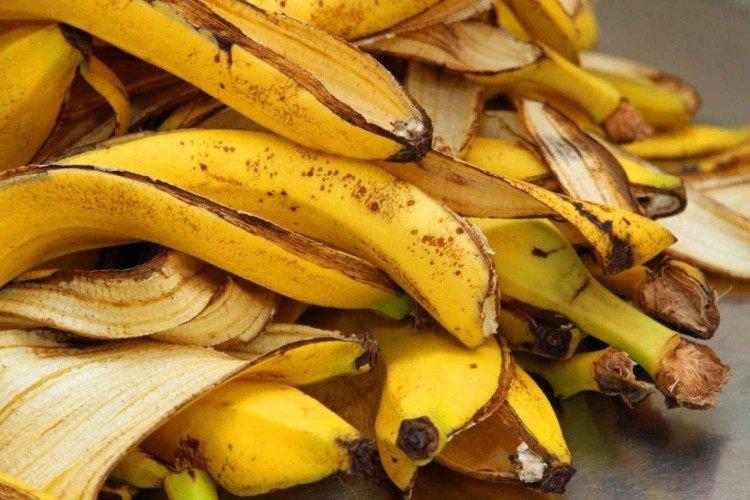
Top dressing of pepper with iodine
Iodine solution is, first of all, a very effective antiseptic to protect against bending and decay. For 3 liters of water, 2 drops are enough - and boldly water the beds in the standard mode. Additionally, iodine stimulates well the formation of new ovaries and growth in general.
Egg shell feeding
It is a universal tonic that can be used at different stages of feeding pepper seedlings. First of all, it is rich in calcium, but there is also magnesium and a lot of other elements. Grind the shell of a dozen eggs, pour a bucket of boiling water, let it brew for 5 days and strain.
Top dressing of peppers with onion peels
Pour a handful of husks with a liter of boiling water and let it brew for 1-2 days. Or fill it with cold water, boil and cool - if you need an infusion on the same day. Spraying the leaves with such a decoction improves the growth of pepper, promotes thickening of the stems, protects against spider mites and fungi.
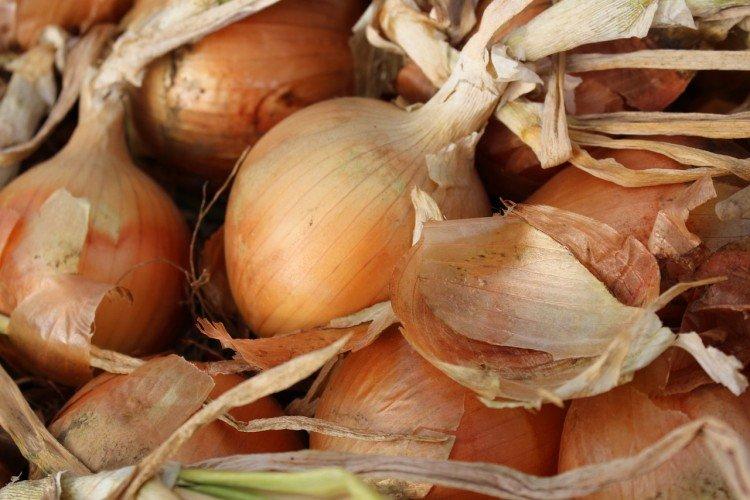
How to feed pepper seedlings so that they are plump?
The harvest will be rich if pepper seedlings grow correctly and evenly. Fertilizers are best applied early in the morning, one hour after good watering. Do not splash liquid top dressing on stems or leaves, or rinse the area well immediately.
After germination
Growth stimulants and fertilizers are applied when at least 2-3 full-fledged leaves appear. This will be about 2 weeks from the day you see the first sprouts hatching. Use fortifying mineral mixtures.
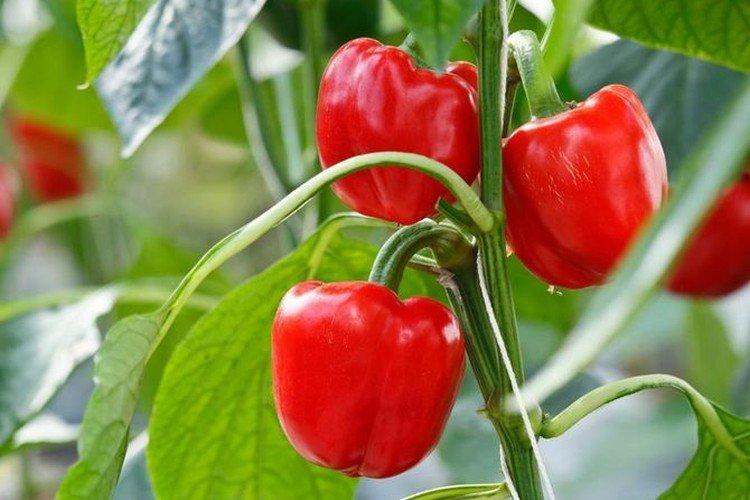
After the pick
Wait at least 10 days because the peppers need to acclimate. Then complex fertilizers are best suited, which already contain all the micro- and macroelements. Increase phosphorus and potassium, but reduce nitrogen. You will also need calcium, magnesium, iron, and other nutritional supplements.
A week before transplanting into open ground, feed pepper with complex mineral fertilizers or organic matter with a high potassium content. If the seedlings begin to stretch too far, urgently adjust the watering, temperature and lighting. As an emergency, you can use retardants - drugs that regulate plant growth.
